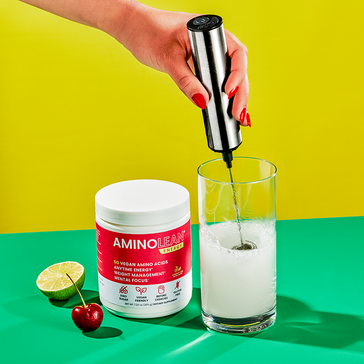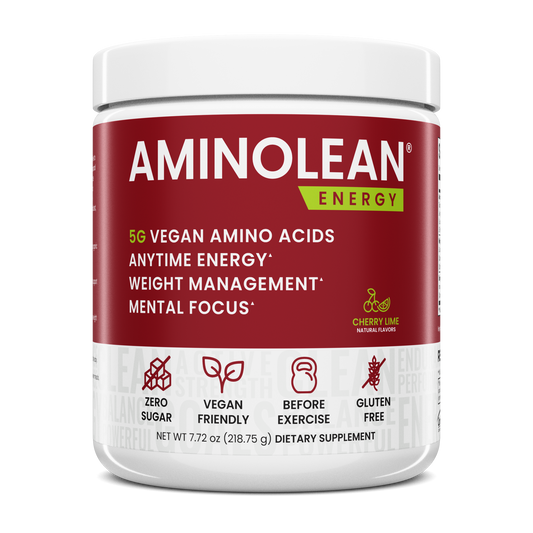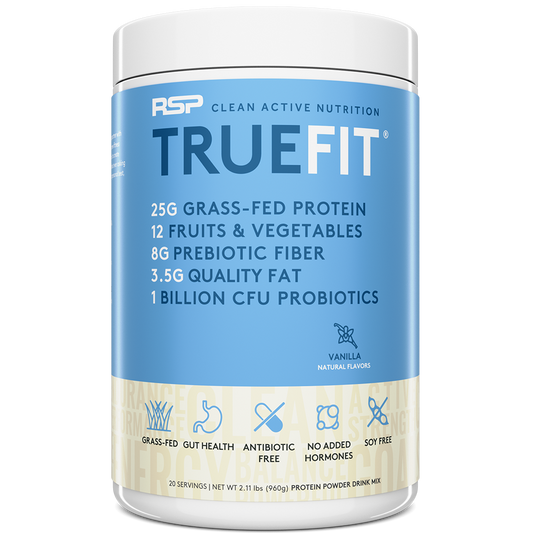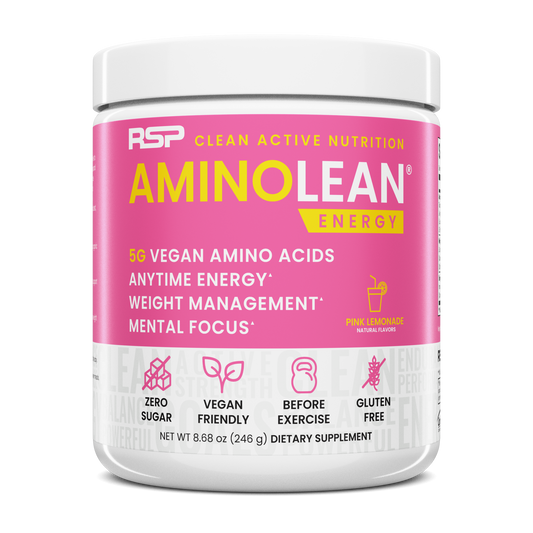While several aspects of fitness are commonly studied and discussed topic; stretching is often overlooked, if not entirely forgotten. Studies have shown that stretching is an extremely important part of fitness and living a healthy life.
Just as important is ensuring you are stretching properly. In fact, poor stretching technique can be dangerous. What many people believe is benefiting them and preventing injury, can actually increase the chance of injury and is not provide the desired benefits.
What is the best way to warm-up for training?
A common misconception is that statically stretching your muscles prior to working out will prepare your muscles and prevent fatigue. If you’ve ever competed in a sport or taken a fitness class, an instructor may have advised you to perform some basic stretches, such as touching your toes or performing a lunge. Similarly, you may have also done a “warm-up”, such as lap around a track or 5-minute trip on an exercise machine, before training. Ever done a combination of stretching and warming up at the same time? Enter “dynamic stretching” or a “dynamic warm-up”.
What is dynamic stretching?
Dynamic stretching warms up the muscles, preparing them for the workout. Additionally, a dynamic warm up may cause you to break a light sweat target the muscles you intend to work and may even have some pre-workout fun! Dynamic stretching can include light cardio, or light reps with free weights that have built in stretches. Some possible warm ups that incorporate stretching are lunges, high kicks, jumping jacks, or holding stretches periodically while walking.
Great Ways to Incorporate Static Stretching
Static stretches continue to be a valuable part as you can incorporate them into dynamic warm ups and your post workout routine. Stretching the muscles you may have just worked reduces the tension, giving the muscles the ability to grow. Just make sure to focus intently on your stretching technique to obtain the maximum benefit of each movement.
Stretching has benefits both inside and outside of the gym
During Workouts -
Warming up your muscles with a proper dynamic stretch before you work out can improve your workout performance. This is often seen with squats. If you’re unable to get low enough in your squats, this is not always due to your strength level; it is often due to flexibility.
Increasing your flexibility can make it easier to perform difficult movements. By loosening your hips and hamstrings up, you’re able to get lower when squatting. Similarly, having more flexibility in your shoulders makes arm and chest exercises easier to perform.
In the Office -
Many people sit at a desk for several hours a day for their jobs and find that it causes tightness and discomfort. Sitting in a chair all day can result in tighter hamstrings, which overtime has residual negative effects on the body. The combination of tight hamstrings, glutes and/or hips can also cause lower back pain, another common effect of sitting at a desk.
Stretching regularly can help prevent and relieve this pain. It prevents this because it loosens the muscles, and distributes body weight more evenly. By keeping your muscles limber, it will result in better posture and less discomfort.
In Life -
In addition to improving muscle and joint health, stretching increases your blood flow which is necessary for a healthier body. Doing this sends oxygen to your brain, which has been seen to cause better moods and clearer minds.










